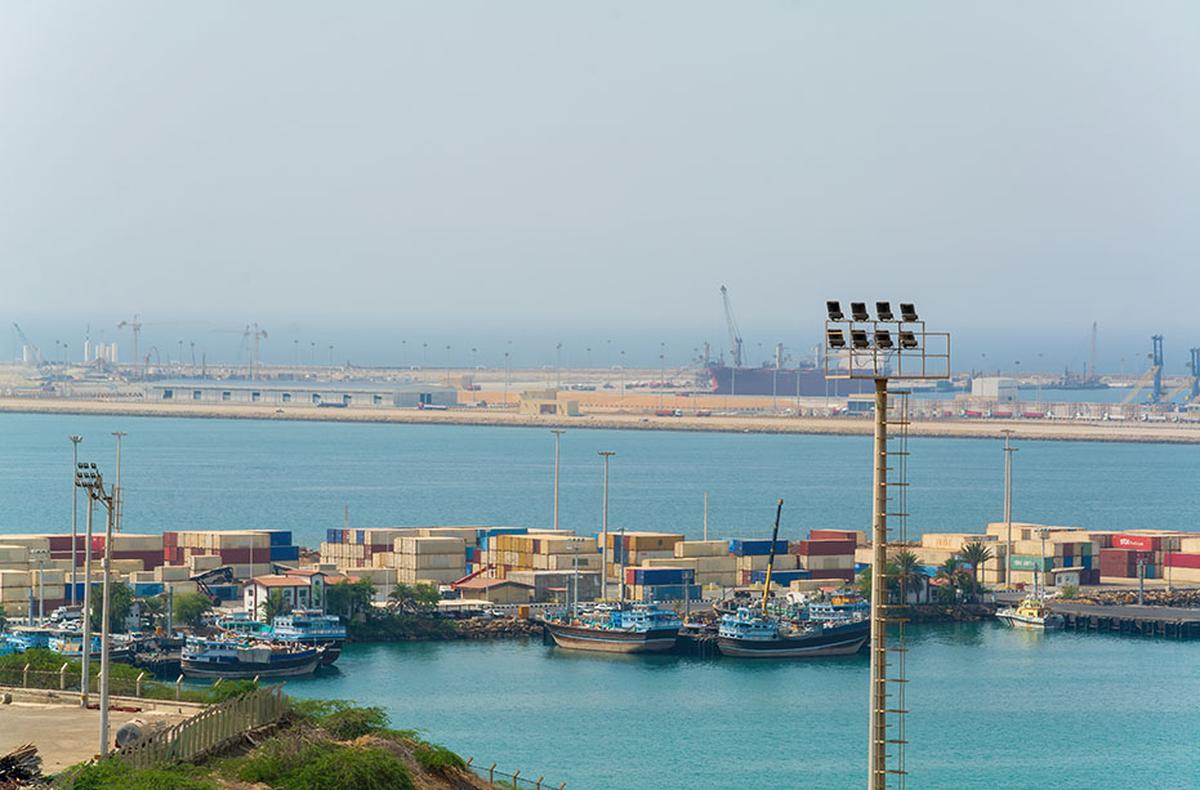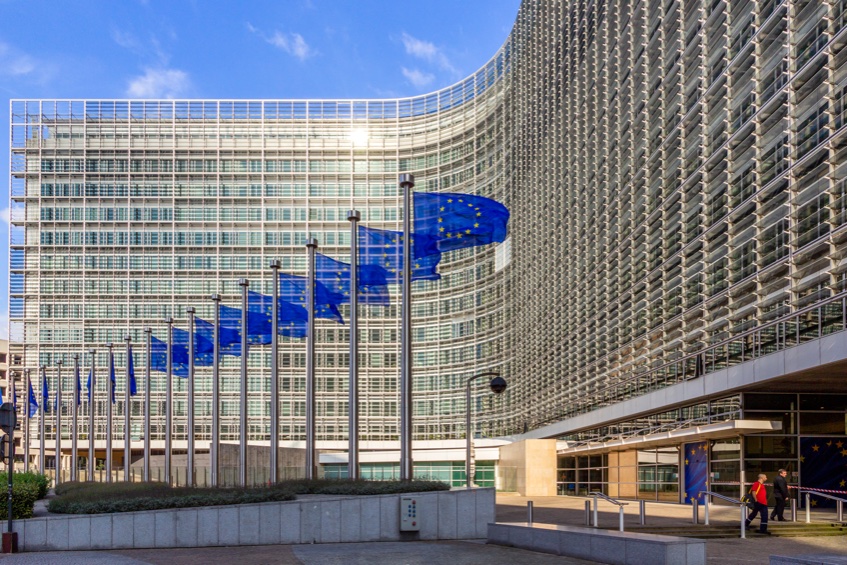Thanks to the long term, strong credit rating of the EU and low borrowing costs, member states receive Recovery and Resilience Facility (RRF) loans on favorable terms – Növekedes.hu learned from the press service of the European Commission.
the Credit limitOf these, five countries have borrowed money so far: Italy, Portugal, Greece, Cyprus and Romania. Italy has used the largest amount of resources, with a total of €22 billion so far, with pre-financing granted to Rome amounting to approximately €16 billion – This is evident from the committee’s statements.
Romania has so far received 1.9 billion euros in pre-financing from the credit line, and last year 789 million euros were paid to them.
Tibor Navracsics, Minister responsible for European Union funds and regional development, announced at the end of last August He wants to withdraw 3.9 billion euros from the RRF credit line. In principle, in addition to the credit line, our country will receive 5.81 billion euros in non-refundable grants from the Rapid Response Fund, of which we have not yet received anything.
All RRF loan installments have a long term of up to 30 years. The installments also have a grace period of 10 years, which means that repayment of the principal does not start until after 10 years. Repayment is then made in equal installments over the remaining 20 years of the term, to avoid paying large installments.
It is also clear that RRF loans represent a significant financing advantage for Member States that have requested the loans. This is linked to the EU’s high and stable AAA credit rating.
The interest paid by Member States on RRF loans depends on the cost of financing, i.e. the terms of the financing instruments (with different maturities) issued by the Commission on behalf of the EU to finance the details of the RRF loan.
The cost of financing an RRF loan varies over time. For example, a 30-year RRF loan tranche is financed through a combination of shorter or equal maturities, resulting in a shorter average financing term. The interest rate charged on RRF loan installments changes over time with the gradual refinancing of outstanding loan assets.
Member States receiving loans from the Rapid Response Fund repay these financing costs on an annual basis.
The cost of financing borrowing in the first half of 2023 can be estimated at about 3.2 percent.
EU 20-year interest rates are on average approximately 1% lower than the interest paid by member states requesting loan support in 2023.
This shows that Member States that borrow through the Rapid Response Fund receive financing on better terms than if they obtained these resources themselves. This comparison is a rough estimate that has taken into account the financing characteristics of some of the Member States concerned.
When applying for RRF loans, Member States were encouraged to prioritize REPowerEU projects when using them.
At the same time, they can also apply for loans in other areas to finance investments and repairs, as long as they meet the eligibility and evaluation criteria specified in the Rapid Response Framework Regulation.
In all cases, the request for loan support must be justified by higher financial needs related to further repairs and investments.
The Commission will examine how the proposed projects contribute to the objectives of the Rapid Response Framework and whether they meet country-specific recommendations for 2022 and 2023.
The latest country-specific recommendations pay special attention to energy-related issues, which strengthens the rationale for prioritizing REPowerEU projects.
As agreed by the co-legislators (Council and European Parliament) and also registered in the RRF Regulation, The deadline for implementing the rapid response framework is 2026.
The size of the Rapid Response Fund amounts to 723.8 billion euros, including 385.8 billion euros in loans and 338 billion euros in non-refundable subsidies.
Since the implementation deadline is 2026, the longer Hungary delays accessing money from the recovery fund, the greater the chance of losing money.








































